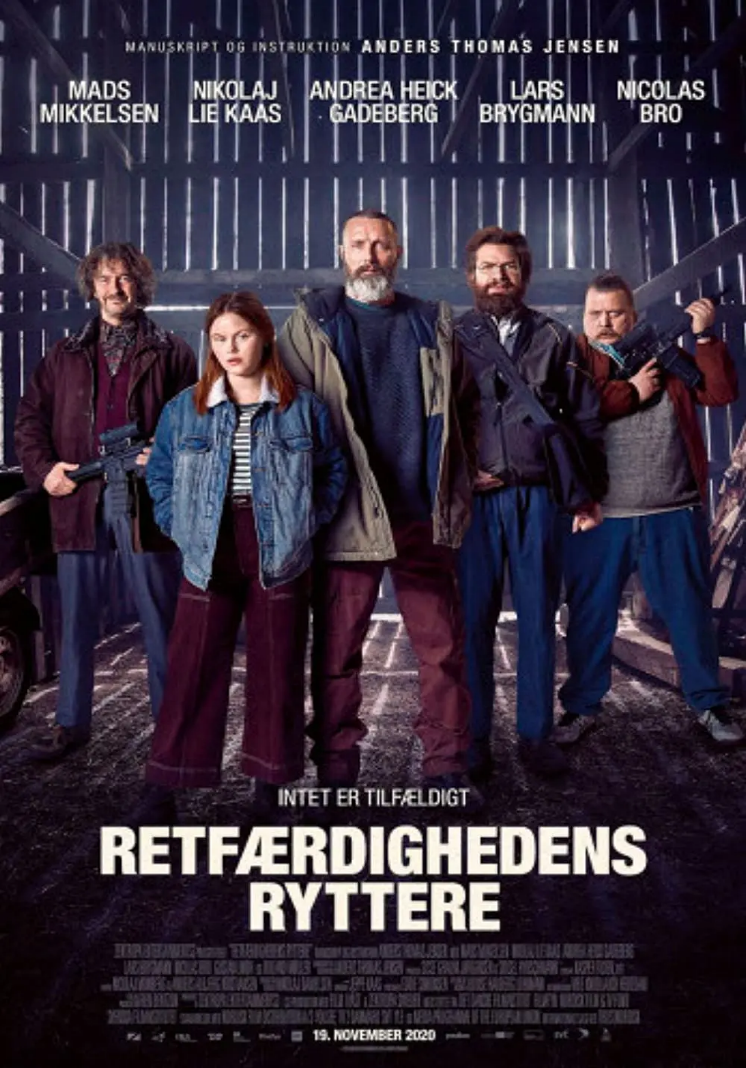La region salvaje Magical realism films growing in the source land of magical realism

Amat Iskarat, the director of “The Savage Zone”, won the Best Director Award at the Cannes Film Festival in 2013 for “Hurley”, a film in which the shot of a fire-roasted chicken really made people’s jaws drop. Despite the film’s extremely polarizing reputation, he amazed the world with his clever talent and unexpected new ideas.
Now that his new film “Savage Regions” has been selected for the main competition at the Venice Film Festival, fans and journalists who had expectations for Amat lined up early and the large Sala Darsena was half full, which is already a good popularity. The movie is expected, still extremely stylized, although the word of mouth is polarized, the gap is much less than “Hurley”, the venue magazine INTERNATIONAL CRITICS, ‘The Playlist’ gave four stars, “Screen “”The Financial Times” gave three and a half stars.
The film production area is in Mexico. In a city in this country where homophobia seems to be the norm, there is a wealth of information in the film that conveys this background: the heroine’s brother is a gay man who works in a “special” job as a male nurse, even though he grew up here, because of his exposed orientation. The brother-in-law is secretly a family “stabber” (married to the sister stabbing the brother), and in his daily conversation with the sister, often reveals his disdain for the brother, for homosexuality; when the brother’s accident, the local newspaper not only with a close-up of the brother’s body, but also in the main phrase of the headline The local newspaper not only featured the brother’s body, but also used the sarcastic words “a faggot” in the headline ……
In such a context, our story revolves around two main characters + two essential supporting characters. The story begins with an early-morning bed scene that gives an account of the heroine’s marital status, in which her husband seems to have intercourse with her with a morning erection, the mechanical movement of which does not satisfy his wife’s pleasure, followed by a shot of her masturbating in the shower. She is the mother of two children, indicating that such low-quality sex has been going on for years.
The hero, both in behavior and mentality, is a complete two-faced man with a violent streak. He is a mechanical completion of married life, but secretly he is able to valiantly “fight” his brother-in-law with a gun, and the contrast is reinforced by two different sex scenes.
The supporting actor is the heroine’s brother, his role in the whole film is not much, gentle smile, can show the few good side of the whole film.
It is worth pointing out that, because there are no other important male characters, the entire film presents a male image in a “neutered” state of de-emphasis. This is not discriminatory against homosexuals, but rather in line with the homophobic social climate: in a society full of discrimination, the so-called “normal” people are not much better off.
The supporting actress is the most amazing part of the film, and Amat seems to have deliberately played with it, designing this Julio Cortázar’s fictional presence, which is so fictional that it’s hard to tell whether it exists or not. She is the patient of a male character who is bitten by a dog, and to some extent has an impact on the trajectory of the male character’s life, shaping the progress of the plot. It is also true to say that she is a false pen, she is indeed more like a doppelganger of the female protagonist, guiding her to the explosion of sexual awareness and the exploration of the abyss of sexual desire, the film has portrayed the subtle feelings between the two women, but not lesbian feelings, so that we can make a similar interpretation to the context of the “Red Chamber” “hairpin Dai unity”. She is the magic of the whole film.
The story starts with the early morning sex, follows the daily life of the male and female characters, and after the death of the male character, the conflict between the male and female characters reaches a peak and breaks up completely. Because of the presence of many consciousness elements, plus the film is told in a grotesque, depressing style, like a horror film general layers of advancement, padding emotions …… all make the plot becomes exceptionally unimportant and difficult to tell clearly.
The scale of the story is very large, in addition to the just mentioned a seemingly real male male old man cart scene, the film opens with a female half-naked shots, and show its sexual object – a monster – part. In the subsequent episode, the director focused on giving a show, which is an octopus-shaped monster, the tentacles are set to the shape of a male glans. I do not know if this is the creator’s original, or inspired by the Japanese Katsushika Hokusai “pearl picker and octopus”. The movie has the female lead and this monster sex scenes, there are large scale “into” the details, plus the soundtrack is really shocking. The whole octopus wrapped around the heroine’s body is quite similar to Katsushika Hokusai’s original painting.
But this is not the most impactful part of the movie. The most powerful is Amat inserted a “hundred animals sex” footage, in the camera, dogs, pigs, crocodiles, crocodiles, snakes, birds …… more than animals in the same scene at the same time mating scenes.
The sex-related shots are not beautiful at all, the director used a magical technique, and with a bit of transcendentalism to establish such an expression: how shocking the shots of a hundred animals having sex, it shows how deep the sexual repression and desire of the heroine. In connection with the identity of the female protagonist as a “same-sex wife” and the striking portrayal of the social environment, I have reason to regard it as a film that explores “the psychology of same-sex wives and women’s sexuality in a homophobic social environment”.
However, this theme more or less reminds me of last year’s Golden Lion-winning film “From Afar”. One is from Mexico and the other is from Venezuela, both share a similar homophobic social environment. Only, “From Afar” explores the sexual psychology of gay men, while this film focuses on same-sex wives and women. There is a possibility that, along with the rise of Latin American cinema, the sociological study of Latin American cinema will be a popular field of study.
On the other hand, because I agreed with my friend that this was a magical realism film, I personally saw some shades of Marquez and Cortázar (especially the latter) in it, perhaps wishful thinking on my part. And so, in my consciousness, I had to associate cinema and literature together again. In a land where literature and cinema must exist in the order of “literature first, cinema second”. As the birthplace of magical realism, Latin America has an inexhaustible gold mine of literature such as Asturias, Marquez, Cortázar and Llosa. Literature has inevitably influenced the creation of Latin American films to a certain extent.
In a situation where traditional narratives are no longer innovative, can we see better magic realist films? It is rare to see such a highly personal creation as Amat’s (although, he only stays on the topic of roast chicken and sex).
The story ends with two levels of closure, both of which are noteworthy. One is the end of the male protagonist, who is pulled into the monster’s room by the female protagonist, and he faces the monster’s approach with a frightened and disgusted look. Another ending is the end of the whole movie, the heroine deals with everything and then returns to her normal life to pick up her children from school …… Can society change? The creator seems radical and pessimistic.




